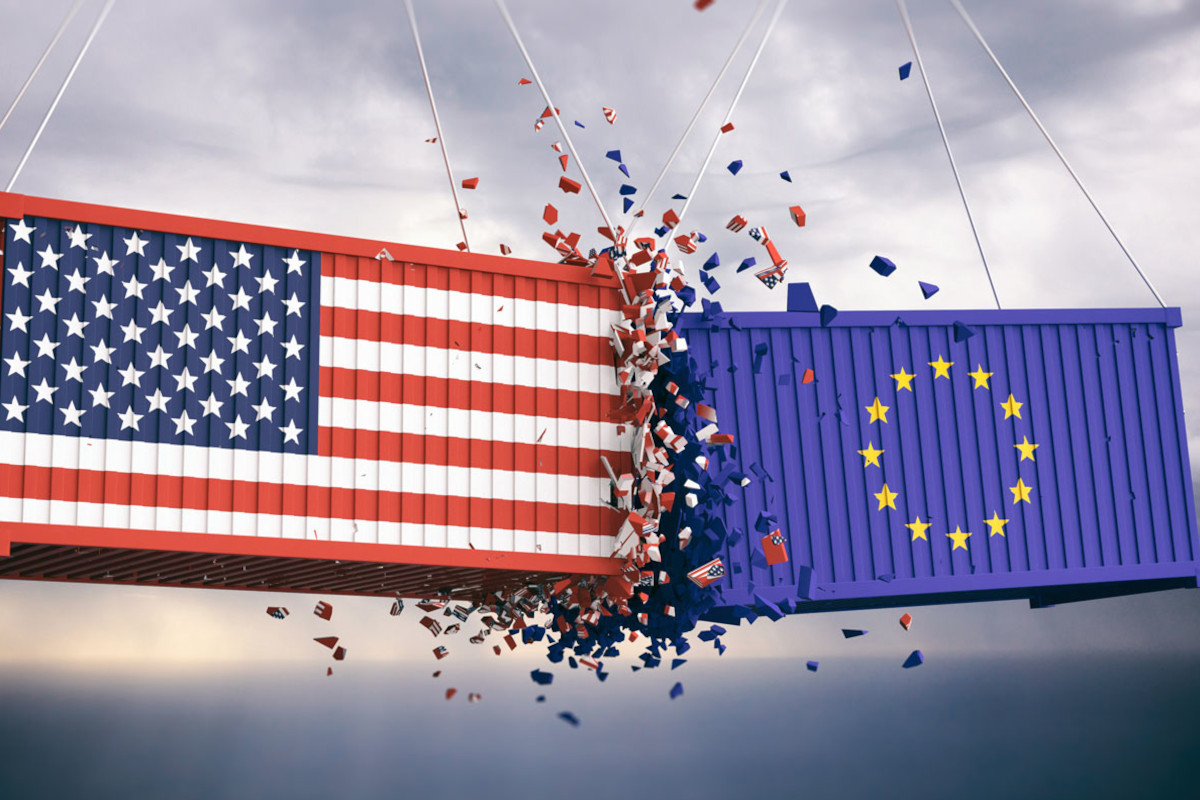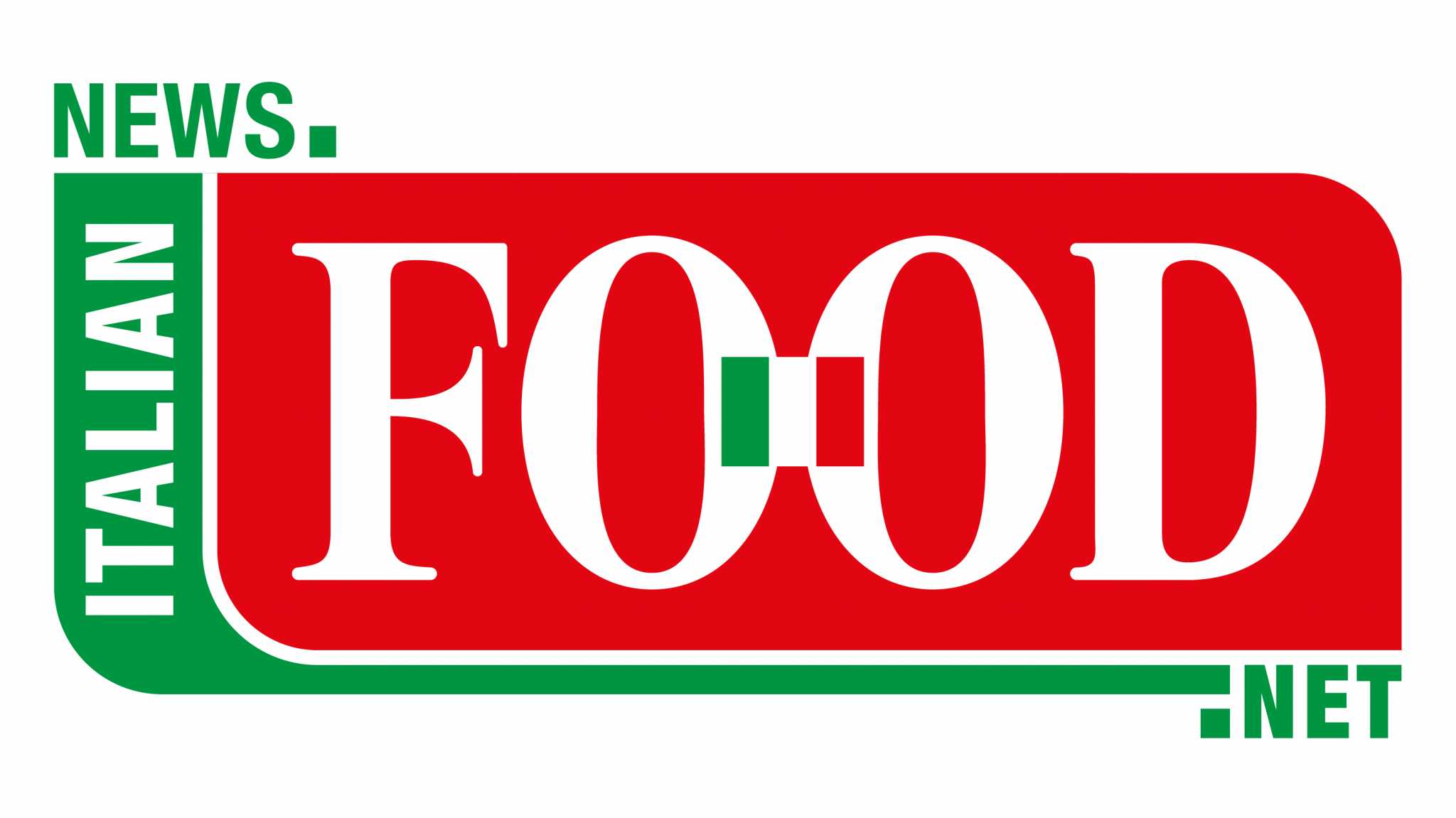
President-elect Donald Trump doesn’t take office until January 20, 2025, but he is already promoting his agenda, such as his warnings on tariffs. In his first network sit-down television interview since winning the election, last Sunday on NBC News’s “Meet the Press”, Trump focused on immigration and tariffs.
“I’m a big believer in tariffs. I think tariffs are the most beautiful word. I think they’re beautiful. It’s going to make us rich,” Trump said on MeetthePress. He was asked whether or not he could guarantee American families wouldn’t pay more by his proposed tariffs against the United States’ three biggest trading partners (Mexico, Canada, and China). “I can’t guarantee anything.”
While it remains to be seen what Trump will do once in office, how should Europe prepare? In a POLITICO Europe article, one of Trump’s international economic advisers in his first term believes Europe should prepare for Trump’s tariff action. “He’s trying to address that disparity and make our tariff rates more reciprocal,” Kelly Ann Shaw, deputy assistant to the president for international economic affairs during the final years of the first Trump administration, told POLITICO Europe. She added, “So in terms of what he’d want from Europe or any of our other trading partners, presumably, it would be for them to lower their tariffs as well.” POLITICO Europe is the European edition of the American news organization Politico, reporting on the political affairs of the European Union.
ITALIAN GOVERNMENT STATEMENT
How is Italy positioning itself to ensure that Italian food products won’t be affected by Trump’s proposed tariffs? The Italian Embassy in Washington, D.C., directed Italianfood.net magazine to a quote from Foreign Minister Antonio Tajani in November, “It will be my responsibility as minister of international trade to address this issue with the next American administration and to ensure that we protect our exports and our products in the best way.” This was said by Italy’s Foreign Minister Antonio Tajani in response to questions from journalists on the prospects of the duties announced by US President-elect Donald Trump and recalling that in the past “with the Americans I also managed to resolve a problem that concerned the agri-food sector of the production of Umbria and Tuscany” (ANSA).
AMERICAN ITALIAN FOOD COALITION REACTION
Italianfood.net magazine reached out to the American-Italian Food Coalition about the potential effects of President-elect Trump’s proposed trade tariffs. AIFC co-chairs, the Hon. Susan Molinari and Lucy Calautti released this statement, “As proud Italian-Americans, we look forward to working with the incoming Administration and new Congress to preserve the robust economic relationship between the U.S. and Italy. As we long have held, the prospect of placing tariffs on uniquely Italian goods such as pasta, coffee, pastries, and cookies would threaten the continued growth and investment of Italian companies in America. Tariffs would raise consumer prices and harm U.S. jobs, as goods from Italy create a multitude of local jobs up and down the supply chain, from importers to distributors to transportation companies to retailers.”
The American-Italian Food Coalition, an alliance of more than 530 Italian companies, manufacturers, and trade associations dedicated to ensuring American consumers have access to high-quality, affordable imported Italian products, published a report on the U.S.-Italy strategic partnership in October. The report highlights the economic ties the two countries have through trade. In 2022 alone, the U.S. imported $139 million of Italian coffee; $669 million of pasta; nearly $19 million in sweet biscuits; and more than $59 million in waffles and wafers.
POSSIBLE TARIFF SCENARIOS FOR ITALIAN FOOD COMPANIES
“My initial answer is always to prepare for the unexpected,” Cyrille Filott, global strategist for consumer foods, packaging, and logistics at Rabobank tells Italianfood.net magazine. “We don’t necessarily know what is going to happen he (Trump) has talked about tariffs for imports from Europe and also Italy.”
Filott says Rabobank has been working under the assumption that there will be a 10% tariff on everything from everywhere. How should companies prepare? The first scenario is to increase the pricing because of the tariffs that might be put in place, which leads to higher prices for the companies buying the products and, therefore, to the consumer. “Food pricing is a tool companies will use.”
Filott suggests a second scenario: leaving the US market and finding another home market, such as within Europe or elsewhere. Not selling is not an option. Finally, Filott believes a third scenario under Trump’s proposed tariffs could be an opportunity to accelerate investments in the U.S. “In the discussions that I have had with European businesses on this, they see a scenario of accelerating investors in the US.” Companies could even be incentivized to bring in a processing plant, such as relief on the tariffs.
As for smaller producers protected under Geographic Identifications, Filott offers this advice: “If I were the CEO of one of these consortiums, I’d probably also reach out to my minister of food agriculture trade to see what exactly might happen.”
